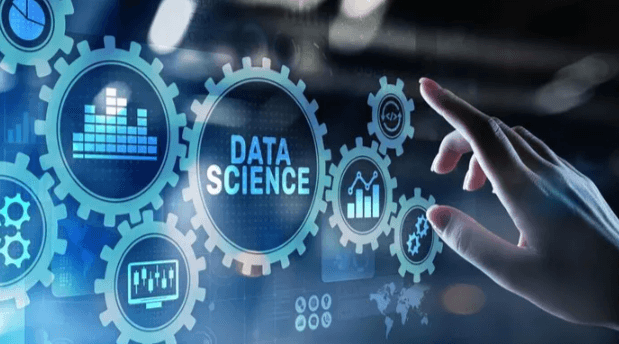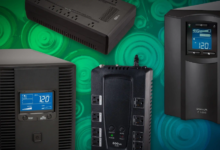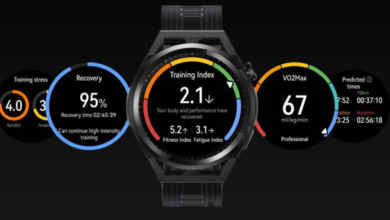How are edge computing and IoT converging to reshape data processing and real-time analytics?

Introduction
The convergence of edge computing and the Internet of Things (IoT) is a transformative phenomenon in the tech world. As these technologies evolve, they are creating new paradigms for data processing and real-time analytics, impacting industries from healthcare to manufacturing. This article delves into the intricate relationship between edge computing and IoT, exploring their synergy and the profound effects on data management and analytical capabilities.
Understanding Edge Computing
Edge computing refers to the practice of processing data near the source of data generation rather than relying on centralized data centers. This approach reduces latency, enhances speed, and increases reliability. Edge devices, such as sensors and gateways, are equipped to handle data processing tasks locally, ensuring quick and efficient operations.
The Role of IoT in Modern Technology
The Internet of Things (IoT) connects a network of physical devices embedded with sensors, software, and other technologies to exchange data with other devices and systems over the internet. IoT devices generate vast amounts of data that need to be processed and analyzed promptly to be valuable.
The Convergence of Edge Computing and IoT
The convergence of edge computing and IoT is driven by the need to manage and process large volumes of data generated by IoT devices efficiently. By bringing data processing closer to the source, edge computing addresses the latency and bandwidth issues associated with traditional cloud computing models.
Benefits of Integrating Edge Computing with IoT
Integrating edge computing with IoT offers numerous benefits, including reduced latency, improved reliability, enhanced security, and lower bandwidth costs. This synergy ensures that data is processed quickly and securely, providing real-time insights and facilitating immediate actions.
Enhanced Data Processing Capabilities
Edge computing enhances data processing capabilities by allowing data to be analyzed at the edge of the network. This reduces the load on central servers and provides faster responses, which is crucial for applications requiring real-time analytics.
Real-Time Analytics and Decision Making
Real-time analytics is one of the significant advantages of combining edge computing with IoT. Data is processed locally, allowing for immediate analysis and decision-making. This is particularly important in industries where time-sensitive decisions are critical, such as healthcare and autonomous vehicles.
Improved Security and Privacy
Processing data at the edge improves security and privacy by minimizing the need to transmit sensitive data over networks. This localized processing reduces the risk of data breaches and ensures compliance with data protection regulations.
Use Cases in Various Industries
The convergence of edge computing and IoT is revolutionizing various industries:
Healthcare
In healthcare, edge computing and IoT enable real-time patient monitoring and diagnostics. Wearable devices and smart medical equipment generate data that can be analyzed instantly to provide timely medical interventions.
Manufacturing
Manufacturing benefits from predictive maintenance and improved operational efficiency. IoT sensors on machinery collect data that edge computing processes to predict equipment failures and optimize production lines.
Retail
In retail, edge computing and IoT enhance customer experiences through personalized marketing and efficient inventory management. Smart shelves and beacons provide real-time data on stock levels and customer preferences.
Transportation and Logistics
The transportation and logistics sector uses edge computing and IoT for fleet management, route optimization, and real-time tracking. This improves delivery times and reduces operational costs.
Smart Cities
Smart cities leverage edge computing and IoT to manage resources efficiently, enhance public safety, and improve the quality of urban life. Applications include traffic management, energy conservation, and waste management.
Challenges in the Convergence of Edge Computing and IoT
Despite the benefits, the convergence of edge computing and IoT presents challenges such as:
Scalability Issues
Scaling edge computing infrastructure to accommodate the growing number of IoT devices is complex and requires substantial investment in hardware and software.
Interoperability
Ensuring interoperability between various IoT devices and edge computing systems is crucial for seamless integration and data exchange.
Data Management
Managing the vast amounts of data generated by IoT devices and ensuring its timely processing and storage is a significant challenge.
Future Trends in Edge Computing and IoT
Looking ahead, several trends are expected to shape the future of edge computing and IoT:
Artificial Intelligence and Machine Learning
Integrating AI and machine learning with edge computing will enhance data processing capabilities and enable more sophisticated real-time analytics.
5G Technology
The deployment of 5G networks will provide the necessary bandwidth and speed to support the proliferation of IoT devices and the real-time processing requirements of edge computing.
Edge-to-Cloud Continuum
The edge-to-cloud continuum will facilitate seamless data flow and processing between edge devices and central cloud systems, providing a hybrid approach to data management.
Conclusion
The convergence of edge computing and IoT is reshaping data processing and real-time analytics, driving innovation across various sectors. By addressing latency, enhancing security, and enabling real-time decision-making, these technologies are set to transform industries and improve operational efficiencies. As advancements in AI, 5G, and edge-to-cloud integration continue, the impact of edge computing and IoT will only grow, heralding a new era of technological progress and connectivity.
FAQs
How does edge computing improve IoT?
Edge computing improves IoT by processing data locally, reducing latency, and enabling real-time analytics and decision-making, which are essential for the efficient functioning of IoT applications.
What are the main benefits of combining edge computing with IoT?
The main benefits include reduced latency, improved reliability, enhanced security, lower bandwidth costs, and the ability to perform real-time analytics and decision-making.
How is edge computing used in healthcare?
In healthcare, edge computing is used for real-time patient monitoring, diagnostics, and immediate medical interventions through wearable devices and smart medical equipment.
What challenges are associated with the convergence of edge computing and IoT?
Challenges include scalability issues, ensuring interoperability between devices, and managing the vast amounts of data generated by IoT devices.
How will 5G technology impact edge computing and IoT?
5G technology will provide the necessary bandwidth and speed to support the proliferation of IoT devices and the real-time processing requirements of edge computing, enhancing overall performance.
What is the future of edge computing and IoT?
The future includes advancements in AI and machine learning integration, the deployment of 5G networks, and the development of the edge-to-cloud continuum, facilitating seamless data flow and processing.





